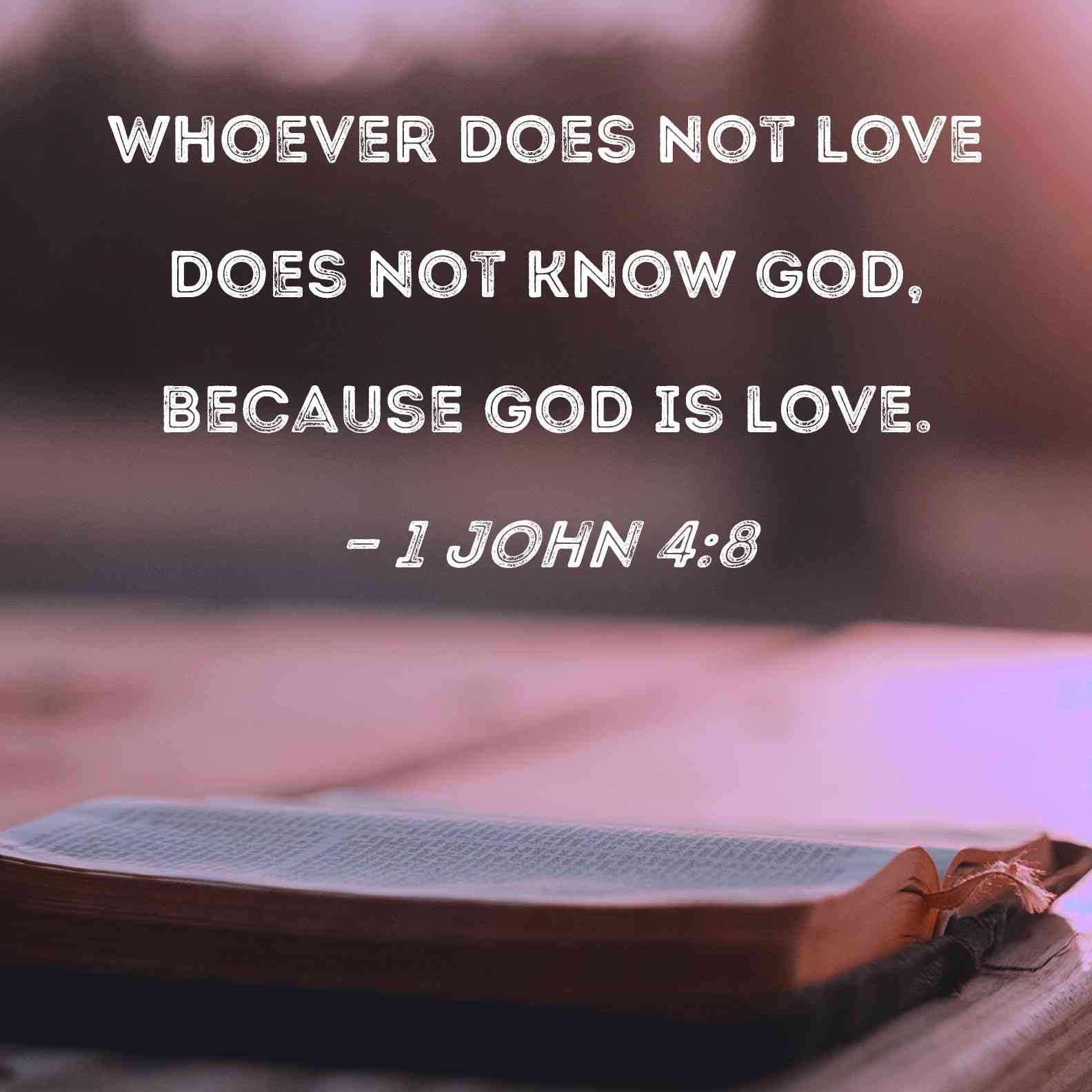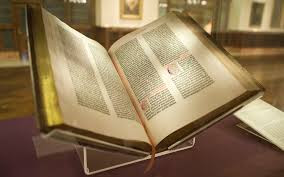
Happy New Year! Or is it? For Jews, January 1 can pose a conundrum: most of us live by the modern secular calendar in which January 1 is New Year’s Day.
But according to the Jewish calendar, Rosh Hashanah ushers in the New Year. Jewish tensions around celebrating January 1 go back for generations.
Here are five little-known facts about the January 1 “New Year” holiday, and its meaning for Jews.
Recent invention
While many of us think of January 1 as having been “New Year” forever, the holiday is relatively recent and has undergone many changes through the years. For much of European history, New Year occurred in March, when Spring began to make flowers and other fauna grew again.
According to the Roman historian Livy, it was the Roman King Numa Pompilius (715-673 BCE) who first introduced a twelve-month calendar with January as its first month. (January was named after the Roman god Janus, which had two faces, making it appropriate for the start of the new year, when the month could symbolically look into the past and forwards into the future.)
Despite the fact that January was the first month, the Roman New Year was March 15 for hundreds of years.
This changed in 153 BCE when it was switched to January 1. Years later, in 45 BCE, a more comprehensive calendar was adopted by the Roman priest-turned-ruler Julius Caesar. His “Julian” calendar kept January 1 as the New Year, but the holiday didn’t last in many of the Roman Empire’s territories. With the fall of the Roman Empire, European nations began to revert to their old New Year days. Some celebrated the New Year on March 25; other European groups celebrated December 25 as the New Year instead.
- The sounding of the shofar— a commandment
- Hebrew scriptures: The moon: Jewish facts
- Hebrew Scriptures: January 1 “New Year” holiday, and its meaning for Jews
- Are the Jewish people in danger of extinction?
Keep Reading
By the 1500s it became clear that the Julian calendar had serious shortcomings: leap years were miscalculated, and as a result the Christian festivals were changing days, migrating through the calendar. In 1582, Pope Gregory XIII introduced a new calendar: this Gregorian Calendar is still in use today. Among its many innovations, it restored January 1 as New Year’s Day in Christian lands.
Not all European countries made the switch. Protestant and Eastern Orthodox nations were slow to make the change. In Great Britain and the American Colonies, New Year’s Day continued to be March 25. It was only in 1752, when an Act of Parliament mandated January 1 as New Years, that English speaking lands adopted January 1 as their New Year’s Day.
Why January 1?
The Romans had a unique numbering system for the days of the month: the first day of each month was called a “Kalend” (we get our word calendar from this); the seventh day of each month was called “Nones” ;and the 15th day of each month was known as the “Ides”. Other days were counted only by how close they were to these three significant days.
The Talmud notes that Kalend days were celebrated as festivals of idolatry in ancient Rome and cautioned Jews not to do business with Romans on those days in order to avoid taking any part in activities that could be construed as idol worship (Mishnah Avodah Zarah 1:1-5).
In ancient times, the Kalends of January (January 1) in particular was a riotous affair, capping a two-week period that began with the Romans’ mid-December Saturnalia festival. This was a period when normal rules of behavior and mores were suspended: a slave was chosen to be elevated to a position of temporary king, and he ruled over a period of dissolution and wild parties. Homes were decorated with greenery and lights, and gifts were given to children. According to some accounts, at the end of this festive period, the slave who’d been named as master of ceremonies was then killed. This violence and period of moral lapses led Jews to avoid taking part in the mid-December and January 1 Roman holidays.
Celebrating a Bris?
As Christianity spread and developed, Christian celebrations incorporated earlier holiday customs. The Christian Bible doesn’t specify the date of Jesus’ birth, and it seems that in the early years of Christianity it was not celebrated in December, as it is today. The first record of December 25 being celebrated as a holiday commemorating Jesus’ birthday dates from a Roman calendar in the year 336 CE; some of the customs surrounding this holiday seem to have been borrowed from the ancient Roman festivals of Saturnalia and Kalends.
The day of January 1 - the old Roman Kalends holiday - became associated with a feast day called the Feast of the Circumcision in some denominations (including Eastern Orthodox, Lutheran, and Anglican traditions). Count the days: January 1 is eight days after December 25, the day that a Jewish baby boy would have had his brit milah (circumcision) in the Jewish faith.
Dark Day in Jewish History
January 1 has seen harsh anti-Jewish decrees. On January 1, 1791, Russian ruler Catherine the Great established the Pale of Settlement, an area in the western part of her empire which became the only district in Russia’s vast empire where Jews were permitted to live. The terms of the Pale of Settlement varied over the years: its borders were adjusted and rules allowing Jews exemptions to live in other parts of Russia were introduced. Yet the Pale of Settlement affected a huge portion of the world’s Jews. At its peak, it’s estimated that fully 40% of the world’s Jews (about five million Jews) lived in the Pale of Settlement. This law lasted until the Russian Revolution of 1917, when Russian Jews were finally allowed to live outside the Pale.
Starting on January 1, 1798, all Hebrew language books began to be censored in Russia. A decade later, on January 1, 1807, Russia’s Czar Alexander I introduced wide-ranging new laws governing what Jews could do and how they could be educated and earn their livings. The draconian new law put restrictions on Jews’ ability to purchase property and restricted the trades to which Jews could belong. The law also forbade Jewish children from speaking Yiddish in schools. Jews were not allowed to hold office and even were banned from working as rabbis and other community officials if Yiddish was their sole language.
In Nazi Germany, January 1 saw more harsh measures. On January 1, 1939, all Jews had to add the names Sarah (for women) and Israel (for men) to their names. They also had to start carrying identity cards with them at all times. (I still possess my great grandmother’s passport to leave Nazi Germany later that year: even though her name was Kamilla, her name is listed as Sarah on her passport.) A decree also took effect on that day, closing all Jewish-owned businesses. The following year, on January 1, 1940, Jews were forbidden from gathering for prayer, either in synagogues or in private homes, in Nazi-controlled lands.
New Year’s Celebrations
Some New Year’s customs have surprising Jewish links. In the American south it’s customary to eat black eyed peas on New Year’s as a symbol of good luck. This echoes Sephardi Jewish traditions of eating beans on Rosh Hashanah, the Jewish New Year, as a symbol of good fortune; some historians have speculated that the custom was brought to the United States by Sephardi Jews.
Each year millions of people around the world watch the ball drop in Times Square in New York to mark the start of the New Year. Few realize that this annual stunt was the brainchild of a Jewish businessman in the 1800s. Adolph S. Ochs was the child of Jewish immigrants from Germany; he entered the newspaper business when he was eleven years old working as an office boy for the Knoxville Chronicle. In 1896 he bought the New York Times and announced an ambitious plan to make it a high-quality newspaper. To increase publicity for the paper, Ochs started holding a fireworks show in front of the offices on New Year’s Eve, Dec. 31.
In 1907 the city refused to grant him a permit for the fireworks show and Ochs instead commissioned an enormous ball covered with light bulbs to lower at midnight. (It was customary at the time for merchant seamen to mark the hour by lowering an enormous ball that could be seen far out at sea; Och’s ball was simply a larger and more festive twist on this maritime tradition.) Och’s tradition has continued; the ball used today is now nearly 12,000 pounds and twelve feet in diameter.










